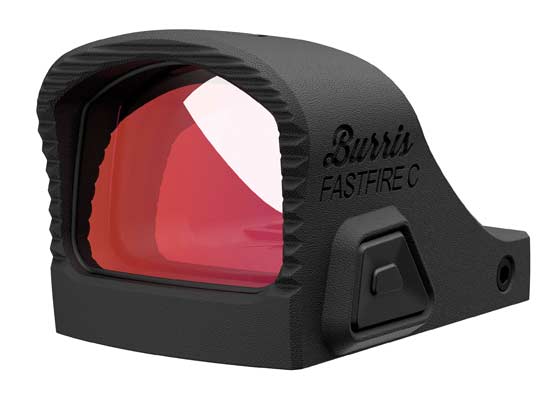The Solution
Echols found the flat surfaces he sought inside the receivers. “Action rails are uniformly broached on a plane perpendicular to features that define the vertical in bolt rifles. They’re independent of external contours.”
Thus, he milled a steel bar which slid into a Remington 700 action and protruded over its tang. He then installed a tube bubble level crosswise at the rear of the bar, a circular bubble just in front of it. Floating ball bearings in the bar hold it firmly and snapped into place. Removal required depressing the bolt release.
Satisfied, he made a similar bar to fit a Winchester 70.
D’Arcy hung the sinker in front of a 100-yard target board at the local range. He tacked his target so its vertical stripes shadowed the plumb-line. “Over sandbags I leveled the rifle with the bar and rotated the scope in its rings, aligning the vertical wire with that pair of stripes. To check scope tracking, I fired at the lower stripe intersection, dialed 40 clicks up and fired again. Given quarter-minute clicks, I looked for the second group 10" up that stripe. Easy peasy.”
Then, using his shop skills, he revisited an idea that had once helped him diagnose a faulty scope.
He machined a two-piece, windage-adjustable alloy block for his Hart bench-rest, dovetailing its top to accept a V-block drilled and tapped to a round receiver’s front guard screw. For Model 70s, he made a flat block to fit behind the recoil lug.












